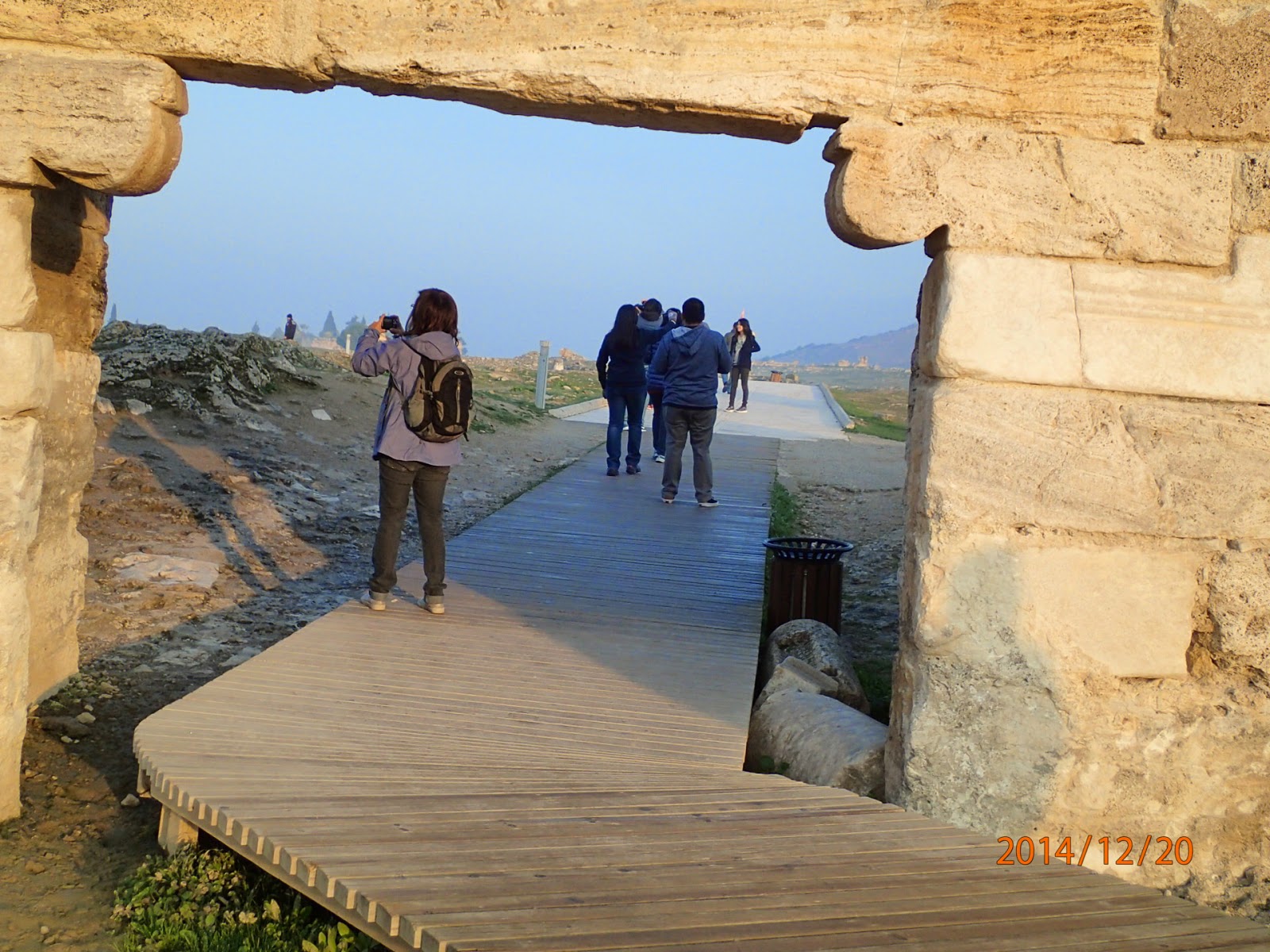
It was time to leave SPA Hotel Colossae which is located in Denizli, Pamukkale and it is close to Hierapolis Necropolis, Pamukkale..
 |
| At the entrance of the UNESCO World Heritage Site of Pamukkale. |
 |
| Wearing shoes in the water is prohibited to protect the deposits. |








1 comment:
Splendid photo shots.
Love from Suzanne and Mary Jane.
Hotel Directory Malaysia
Hotels in Malaysia
IPTA Malaysia
IPTS Malaysia
Malaysia Camping Sites
Malaysia Camp Sites
Post a Comment